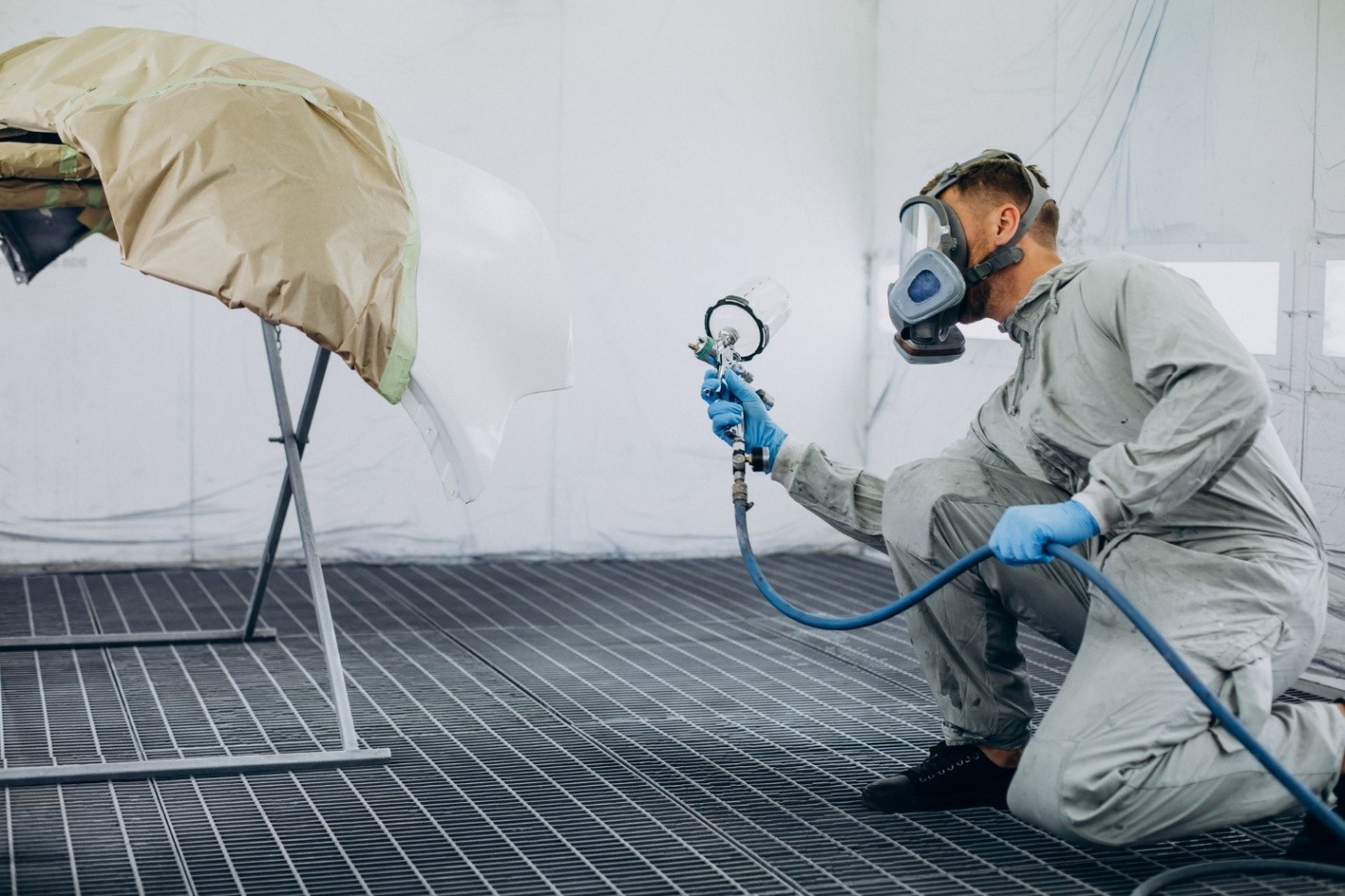In an era where design is expected to be more than just visually appealing, the concept of sustainable architecture has taken center stage. Today’s architects, designers, and builders are exploring advanced materials that not only look good but also function effectively across multiple parameters—energy efficiency, environmental friendliness, health, and comfort. One of the materials leading this silent revolution in modern architecture is Acoustic Spray Foam.
What was once considered a solution primarily for soundproofing is now being recognized as a multi-dimensional building material that aligns with eco-conscious design philosophies. It’s no longer just about muffling the noise—Acoustic Spray Foam is pushing the boundaries of green construction and redefining how we think about space, energy, and sustainability.
Rise of Multi-functional Materials in Design
Traditional design approaches often treated sustainability and aesthetics as two separate goals. However, in today’s evolving landscape, materials like Acoustic Spray Foam prove that performance and beauty can go hand-in-hand. The rising demand for spaces that are energy-efficient, sound-optimized, and environmentally sustainable has paved the way for such materials to become essential in both commercial and residential projects.
Unlike conventional panels or sheets, Acoustic Spray Foam offers seamless, continuous coverage, adapting effortlessly to irregular surfaces and complex geometries. This eliminates the need for additional construction materials, which in turn reduces the environmental footprint of a project. But the real power of this solution lies beyond its application—it’s in the way it transforms the design ethos.
Material Innovation Driving Sustainability
At its core, Acoustic Spray Foam is a blend of science and sustainability. Its open-cell structure traps sound waves while simultaneously contributing to thermal insulation. This duality enhances the energy performance of a building, reducing the need for artificial heating or cooling. By maintaining comfortable indoor temperatures and minimizing noise pollution, it contributes to occupant well-being and environmental stewardship alike.
Furthermore, modern Acoustic Spray Foam products are being developed with eco-friendly components—low-VOC content, water-based formulations, and even recyclable inputs—making them compliant with international green building standards such as LEED and WELL. For developers and architects aiming for sustainable certifications, this becomes a game-changer.
A Step Towards Carbon-Conscious Construction
Carbon emissions from the built environment are a significant contributor to climate change. Architects are now expected to consider the embodied carbon of every material they use. In this context, Acoustic Spray Foam scores high due to its durability, longevity, and low-maintenance requirements. Unlike traditional soundproofing solutions that may need regular replacement or repair, spray-applied acoustic insulation stays intact and efficient for years, reducing both operational and replacement emissions.
Additionally, by improving energy retention within buildings, Acoustic Spray Foam indirectly reduces dependence on HVAC systems, which are among the top energy-consuming installations in any structure. A building that consumes less energy is one that emits less carbon—simple math that leads to a more sustainable planet.
Design Freedom with Responsible Choices
Modern design is about freedom—freedom to shape a space the way you envision it, without compromising on function or ethics. Acoustic Spray Foam allows just that. Its adaptability means it doesn’t constrain creativity. Whether applied to ceilings, walls, or complex structural frameworks, it seamlessly blends with the architectural form, while performing silently in the background.
This enables designers to create spaces that are acoustically comfortable without cluttering the visual appeal. More importantly, it offers a guilt-free design route. Every coat of Acoustic Spray Foam applied to a structure signals a conscious choice toward minimizing environmental impact.
Lifecycle Impact and Resource Efficiency
Another dimension where Acoustic Spray Foam shines is in its lifecycle impact. From production and application to performance and disposal, it demonstrates a relatively low ecological footprint. Resource-efficient during installation and virtually waste-free, the material reduces onsite pollution and minimizes dependency on mechanical fasteners, adhesives, and additional insulating layers.
Moreover, thanks to its longevity and resistance to moisture, mold, and degradation, Acoustic Spray Foam contributes to the durability of the entire structure. Fewer repairs, fewer replacements, fewer resources consumed—this is sustainability in action.
Aligning with Future-forward Building Codes
As governments and urban planning authorities begin to enforce stricter sustainability codes, materials like Acoustic Spray Foam will move from being “innovative” to becoming “essential.” From green infrastructure projects to eco-sensitive interiors, its presence is anticipated to grow rapidly.
For stakeholders looking to stay ahead of regulatory curves and market expectations, integrating Acoustic Spray Foam into their material palette is not just a trend—it’s a strategic investment. Its benefits tick multiple boxes, from energy conservation and acoustic comfort to long-term cost efficiency and regulatory compliance.
Conclusion: Material for the Next Generation of Architecture
In the larger narrative of sustainable design, Acoustic Spray Foam is more than an acoustic solution—it’s a catalyst for holistic transformation. It speaks the language of modern architecture: adaptive, aesthetic, environmentally responsible, and functionally robust.
As we shift toward smarter, healthier, and greener built environments, this material will continue to play a vital role in shaping that future. Not just by quieting the noise, but by amplifying the conversation around sustainability, design intelligence, and environmental responsibility.

